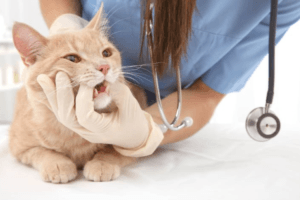Hidden Dangers: What Diseases Can Cats Transmit to Humans?
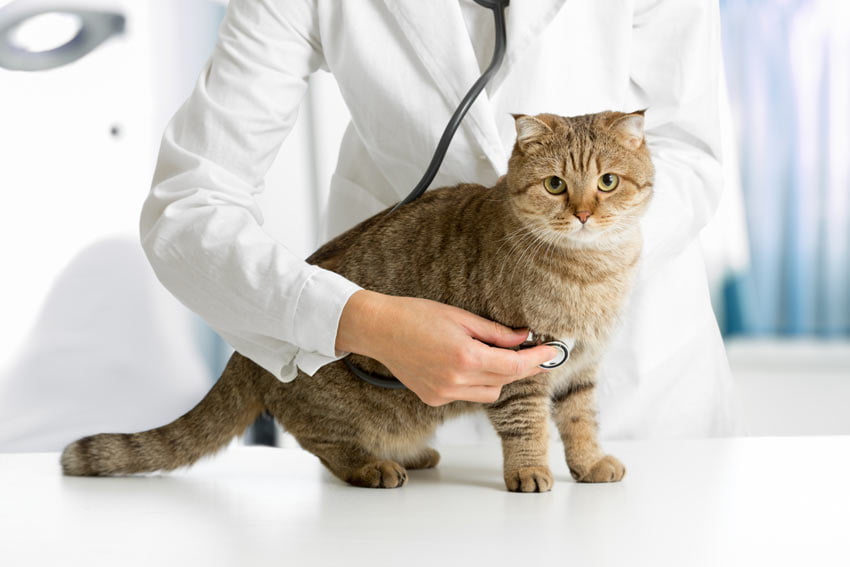
Do you know what diseases can cats transmit to humans? If not, read on!
Cats are adorable little creatures, with a strong sense of cleanliness and discipline. Despite their cute and clean appearance, cats can sometimes carry harmful germs that can make us sick, which are called Zoonotic diseases.
These diseases can be caused by all sorts of harmful germs like viruses, bacteria, parasites, and fungi, and can range from mild to very serious illness, and sometimes even death. Zoonotic diseases are very common, with scientists estimating that more than 6 out of every 10 infectious diseases in people can be spread from animals, and 3 out of every 4 new or emerging infectious diseases in people come from animals.
In this article, we will delve deeper into the hidden dangers of what diseases can cats transmit to humans, and provide some practical tips on how to keep ourselves and our feline friends safe.
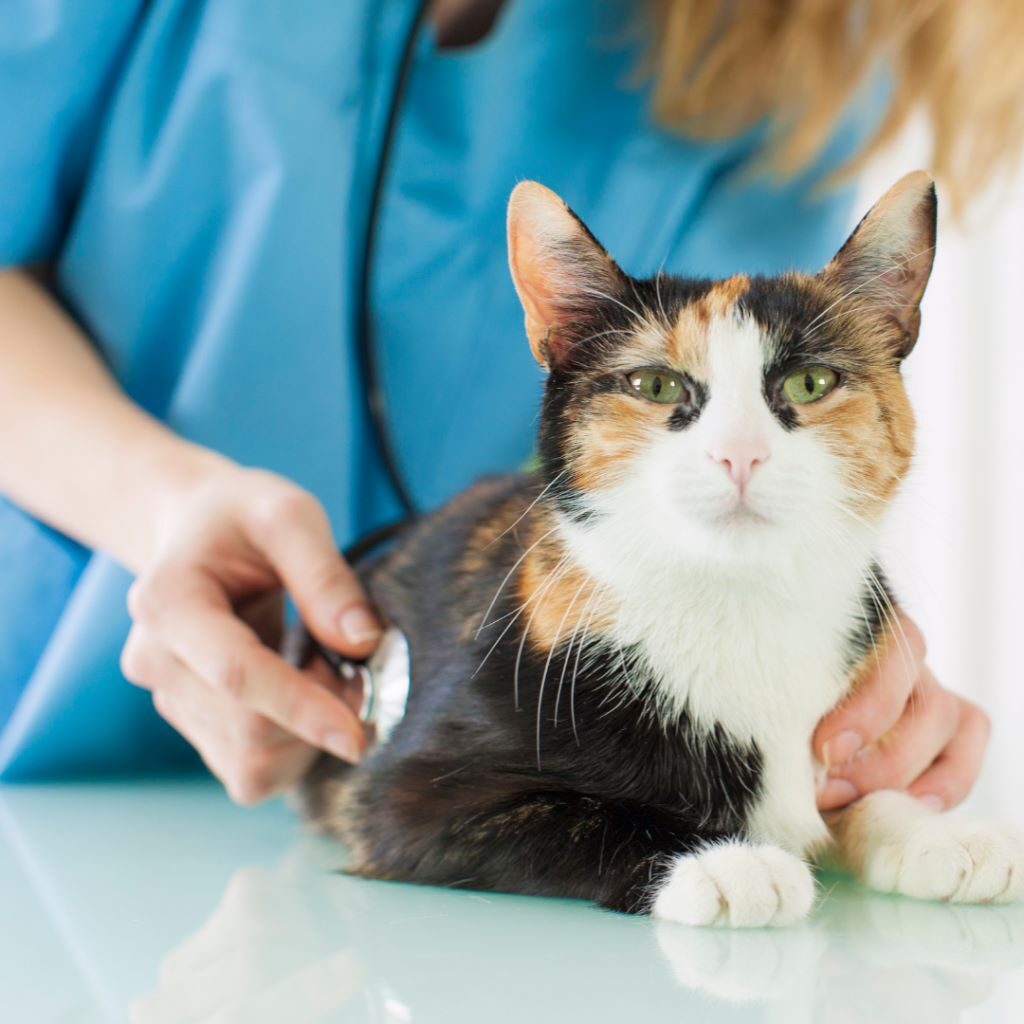
Zoonotic Diseases
Here is a list of common zoonotic diseases that cats are known to transmit to humans.
Toxoplasmosis
Toxoplasmosis is a disease caused by a parasite called Toxoplasma gondii. Cats are known to carry this organism, which can be transmitted to humans through contact with cat feces. This is why pregnant women are advised to avoid cleaning the litter box.
If a woman becomes infected with Toxoplasmosis while pregnant, it could lead to severe health complications for the unborn baby. The cat in question may not show any signs of illness, it is important to practice proper hand hygiene after cleaning the litter box and wear gloves while gardening. This will help to prevent accidental hand-to-mouth transmission.
Hookworms and Roundworms
Another zoonotic disease that cats can pass to humans is caused by hookworms and roundworms. Eggs from these parasites can be found in cat feces and can cause infection if ingested. Hookworms can even enter the body through the skin, leading to a condition called cutaneous larval migrans.
To prevent these infections, it is important to practice good hygiene by washing your hands thoroughly before eating or cooking (after handling cat feces). Children should also be taught not to put dirty objects in their mouths (preferably keep the litter box out of their reach).
Regular deworming of cats is highly recommended. You should also make it a habit of disposing of your cat’s feces daily, to prevent the growth and spread of such diseases.
Ringworm: A Fungal Infection
Ringworm is a skin infection caused by a fungus that can be transmitted from cats to humans. It is characterized by circular skin lesions and is more common in immunocompromised individuals, children and older people.
Cats infected with ringworm may have scaly patches of skin with hair loss. Treatment of this condition in cats often requires oral and topical medication and environmental decontamination. If a person in the household develops skin lesions after a cat is diagnosed with ringworm, they should contact a physician.
Cat Scratch Disease: A Bacterial Infection
Cat scratch disease is a bacterial infection caused by Bartonella henselae. This is carried by fleas that can be found on cats. Infected individuals may develop fever and swollen lymph nodes, and severe disease can occur in those who are immunocompromised.
Although 40% of cats carry the bacteria, they may not show any signs of illness. To reduce the risk of infection, it is important to maintain effective flea control. This can be done by treating all cats in the household for fleas, which is a fairly basic procedure that should be done immediately after you become a cat owner.
Rabies
Rabies is a viral disease that can be transmitted through the saliva of infected animals. Cats can also carry the virus and infect humans, and it is important to get cats vaccinated against rabies.
This disease is common enough (and deadly) to the degree that Virginia state law requires that all cats 4 months of age or older be vaccinated against rabies, with regular boosters throughout their lives. If a cat bites you (and penetrates the skin), it is important to seek medical attention immediately.
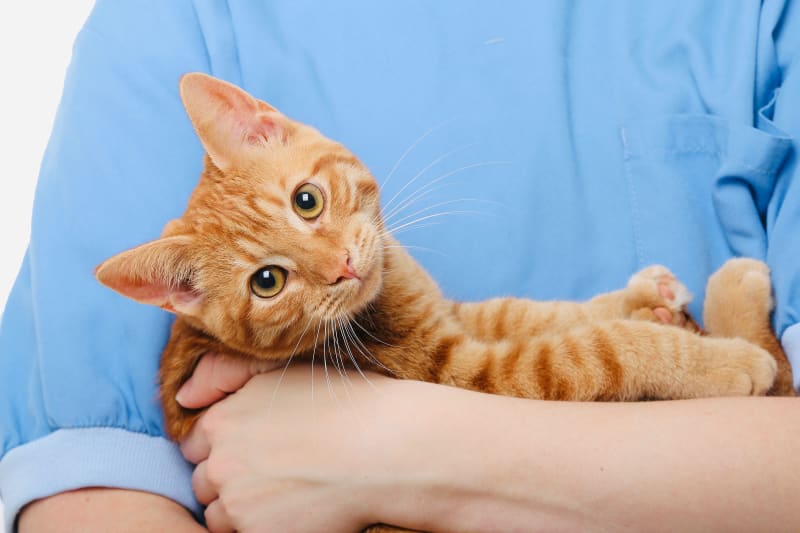
Transmission of Zoonotic Diseases
It’s important to know how germs can spread between animals and humans. Zoonotic diseases can be transmitted in several ways, including (but not limited to):
- Direct contact with an infected animal’s saliva
- Blood
- Urine
- Mucous
- Feces
- Other body fluids.
This can happen when you pet or touch animals or when you get bitten or scratched. Indirect contact can occur when you touch areas where animals live or come in contact with contaminated objects or surfaces. These can include pet habitats, chicken coops, barns, plants, soil, pet food and water dishes, and aquarium tank water.
Vector-borne diseases can also be spread through insect bites from ticks, mosquitoes, or fleas. Moreover, zoonotic diseases can be foodborne or waterborne. Contaminated food or water that contains feces from an infected animal can cause illness in humans and animals.
It’s also worth noting that cats can still carry these germs even if they appear healthy on the surface, so it’s important to take precautions when interacting with them, especially if they’re not your pets.
People at risk of Zoonotic Diseases
While anyone can get sick from a zoonotic disease, some people are at higher risk than others, including
- Children under five
- Adults over 65
- People with weakened immune systems
- Pregnant women.
These groups are more at risk of the possibility of serious illness or even death from zoonotic diseases, so they need to take extra precautions to protect themselves.
Symptoms of Zoonotic Diseases
The symptoms of zoonotic diseases vary depending on the type of infection. Cat scratch disease can cause fever, headache, and swollen lymph nodes. Ringworm can cause itching, redness, and hair loss. Toxoplasmosis can cause flu-like symptoms, such as fever, muscle aches, and headache. Pregnant women are at a higher risk of complications, which can include miscarriage, stillbirth, and birth defects.
Due to the variety of symptoms, it is better to focus on the philosophy of “prevention is better than cure”. Establish protocols and guidelines for yourself when dealing with your cats, and always err on the side of caution.
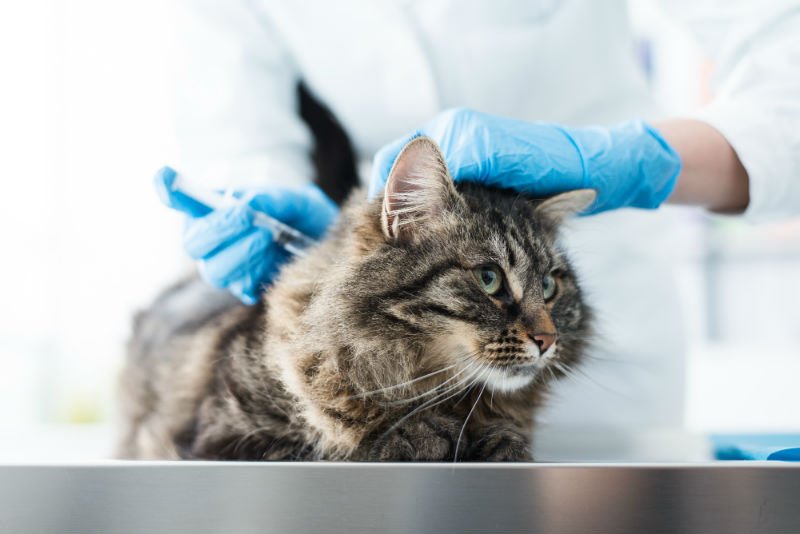
Prevention and Treatment
One of the most important things you can do is keep your hands clean. Always wash your hands after being around animals, even if you didn’t touch them (due to air transmission). The majority of germs are spread through improper hand hygiene. If soap and water are not available, you can use an alcohol-based hand sanitizer that contains at least 60% alcohol. But remember that hand sanitizers don’t get rid of all types of germs, so it’s important to wash your hands with soap and water if you can.
Another way to stay safe around animals is to prevent bites from them (e.g. use gloves if dealing with stray cats). Always approach them calmly and avoid touching or startling them.
You can also learn more about ways to handle food safely, whether it’s for yourself or your pet. It’s also important to be aware of zoonotic diseases both at home and away from home, such as at petting zoos or other animal exhibits, in childcare settings or schools, and when you travel.
To summarize, to prevent the transmission of zoonotic diseases, it is essential to practice good hygiene, such as washing hands frequently, cleaning litter boxes daily, and avoiding contact with stray cats. Regular check-ups with your veterinarian can help identify and treat any underlying health issues your cat may have, which can reduce the risk of transmission.
If you suspect that you have contracted a zoonotic disease, seek medical attention promptly.
Conclusion
While the thought of our beloved cats carrying diseases that can be transmitted to humans is undoubtedly concerning, it is crucial to understand that most of these illnesses are preventable.
By taking appropriate precautions, such as practicing good hygiene, regular check-ups with a veterinarian, and seeking medical attention promptly, we can protect ourselves and our feline friends from zoonotic diseases. Remember, a healthy cat means a healthy you.
